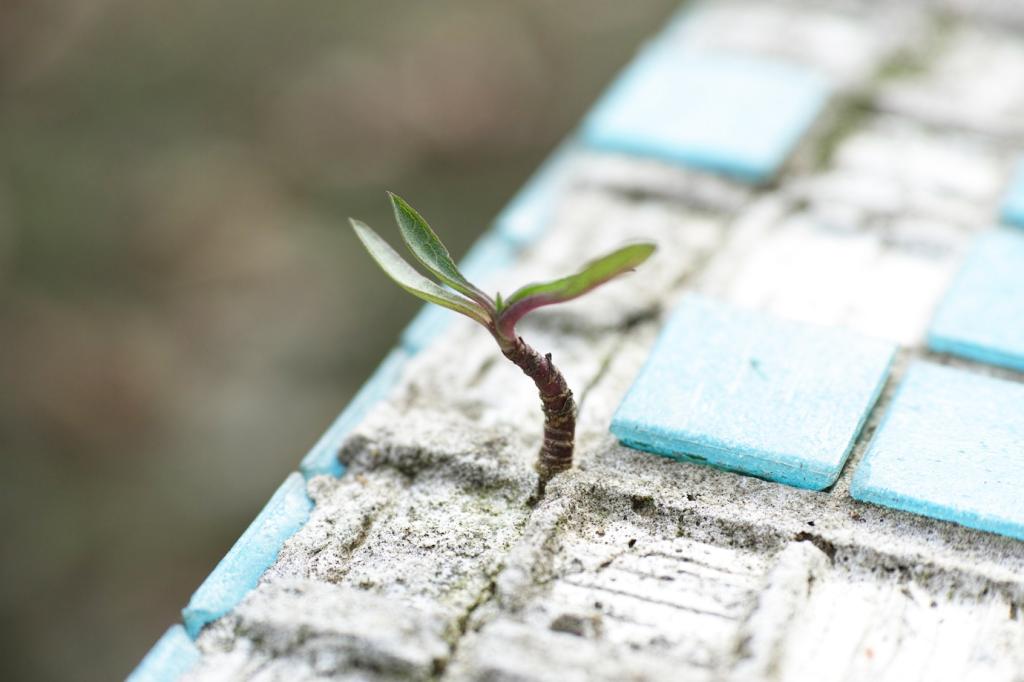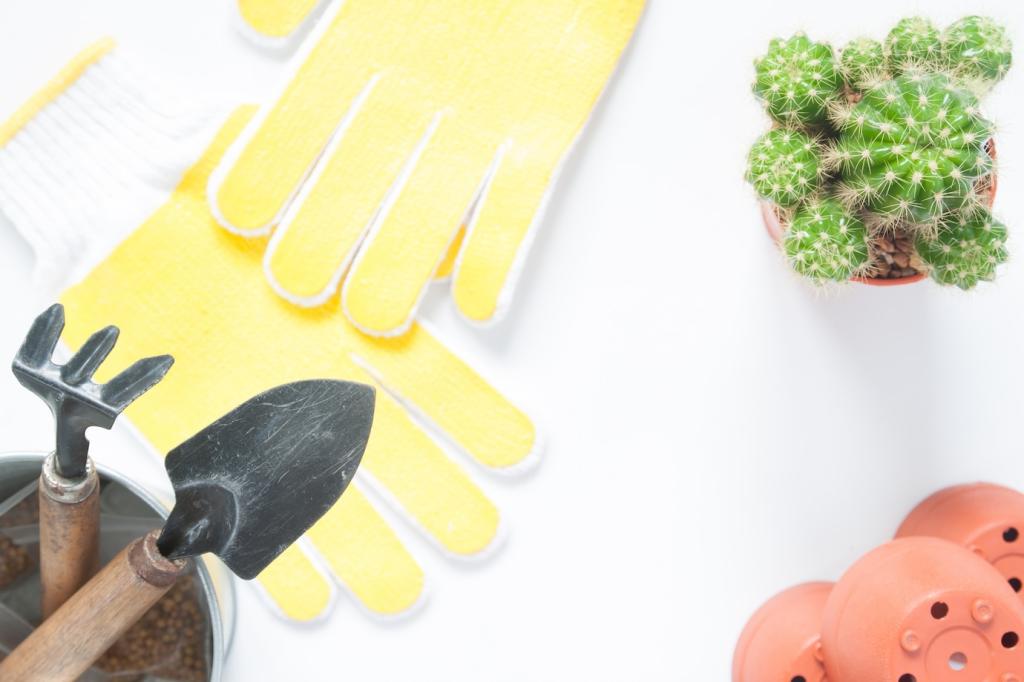Stories From Homes That Switched to Low‑Impact Cleaning
Maya thrifted a solid oak table with a plant‑oil finish. Weekly soap‑and‑wipe sessions erased tacky buildup without shine. Her kids now craft there, and she swears the room smells fresher. Have a before‑and‑after? Post it and inspire someone’s weekend project.
Stories From Homes That Switched to Low‑Impact Cleaning
Granddad’s cedar chest reeked of attic dust. A highly diluted vinegar wipe followed by fresh air restored luster without overpowering cedar aroma. The lesson: dilution, ventilation, and patience. Tell us about heirlooms you have gently revived using low‑impact steps.





